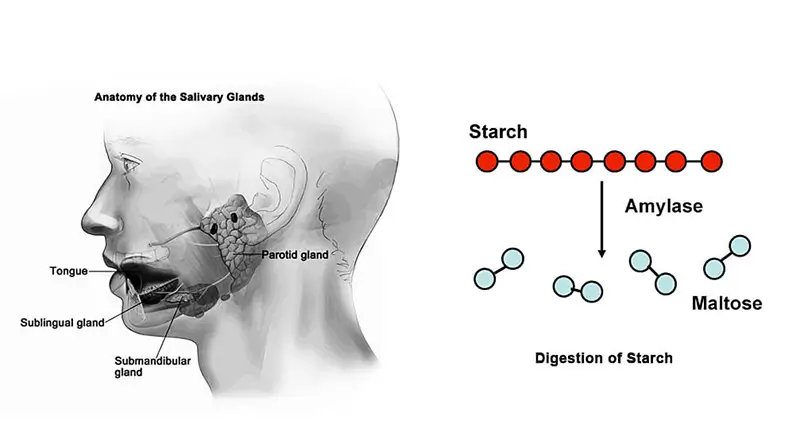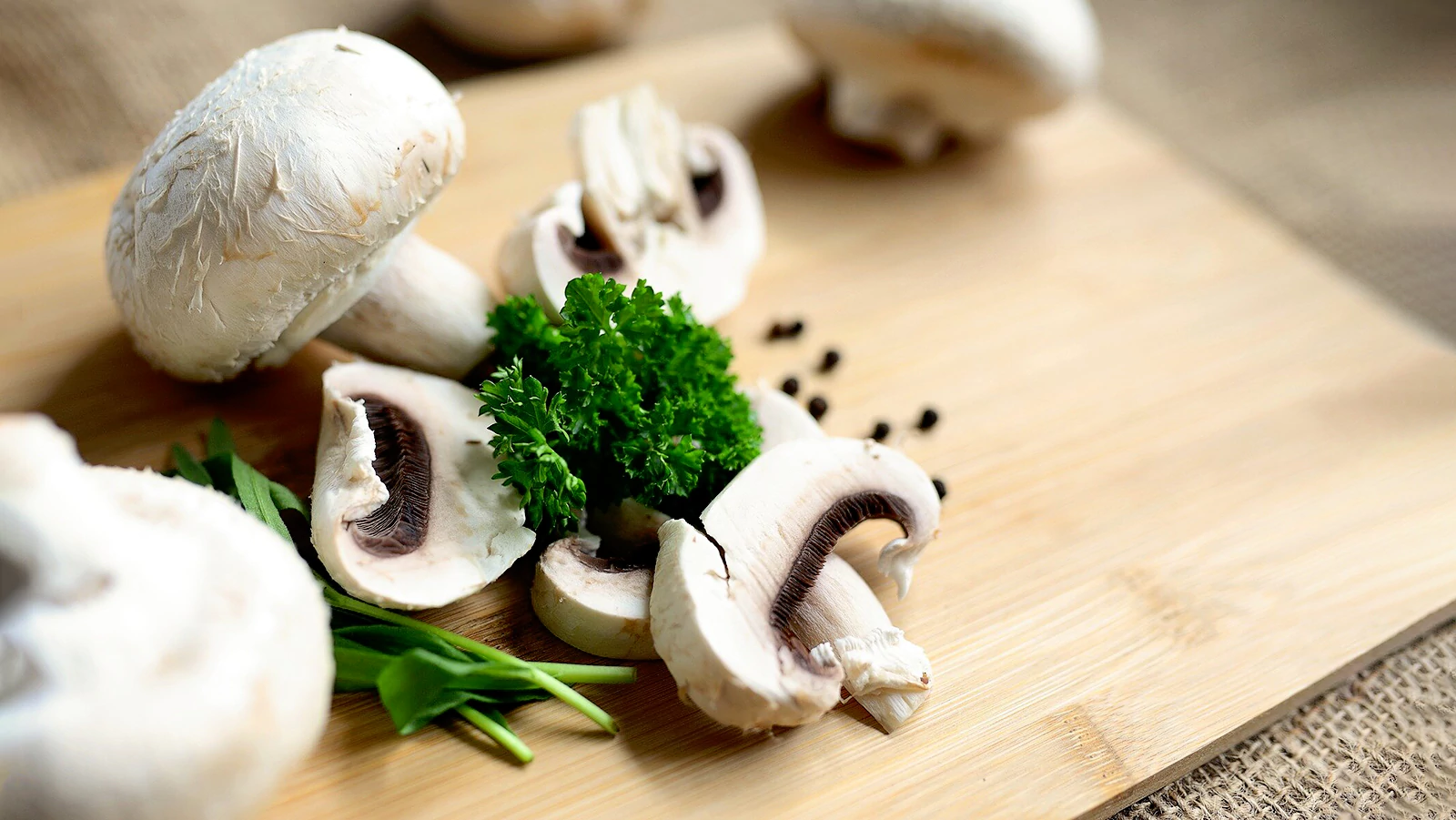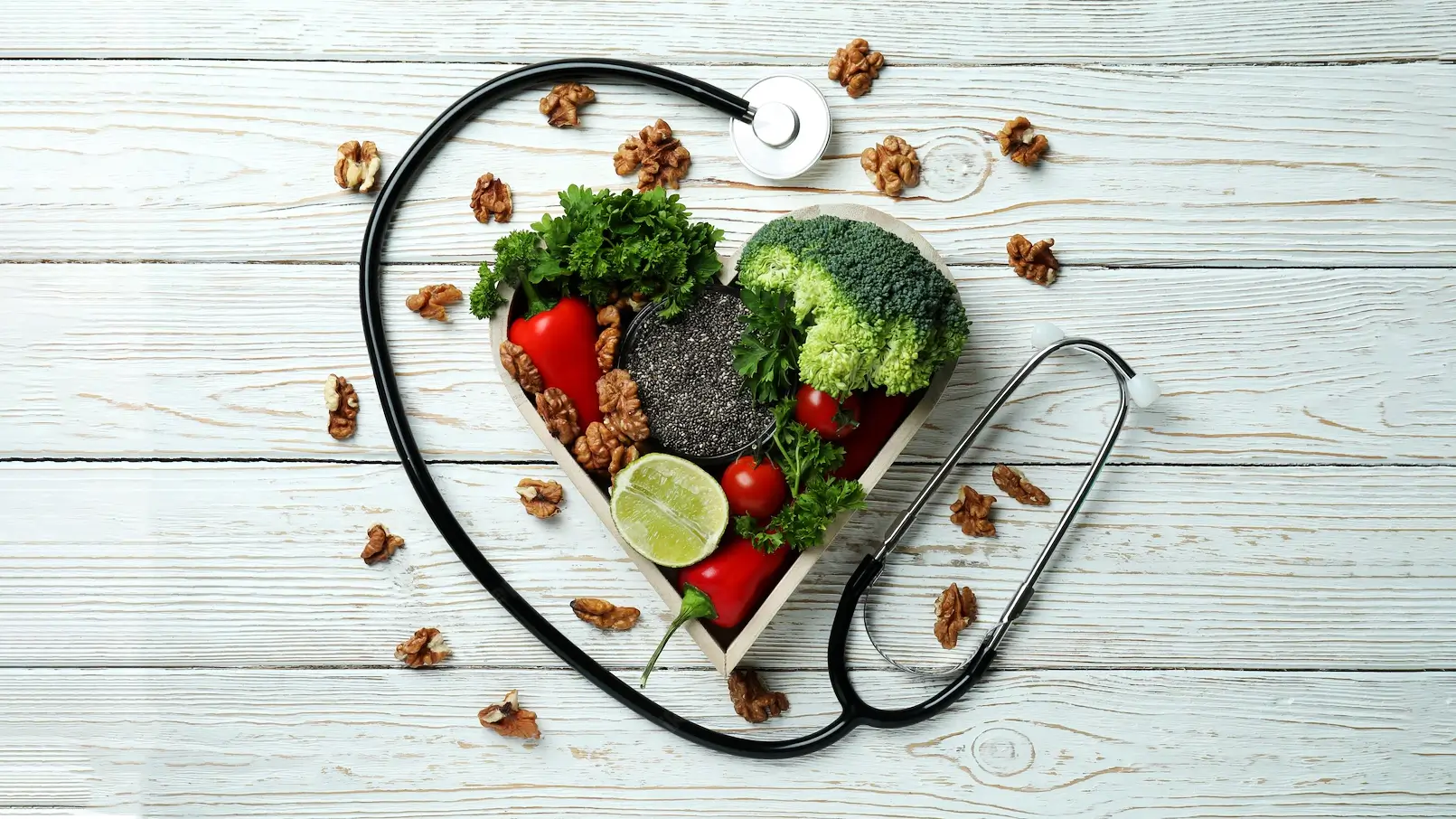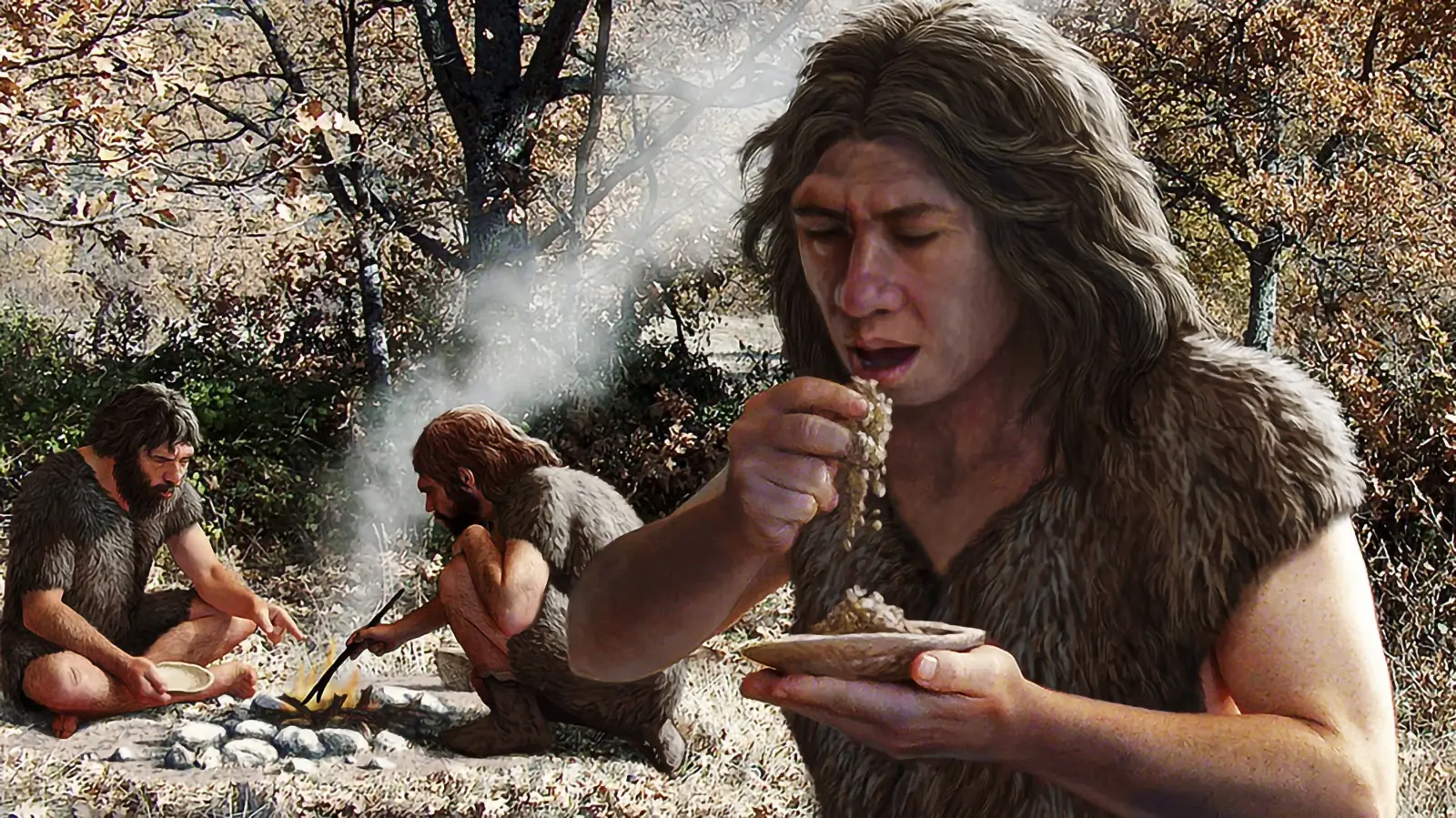Raw food diet- The evolutionary perspective
The base belief in the raw food community is that a raw food diet is the most natural and health-promoting way to live. What does evolutionary biology tell us?
Milos Pokimica
Written By: Milos Pokimica
Medically Reviewed by: Dr. Xiùying Wáng, M.D.
Updated June 9, 2023One of the more extreme diets in the vegan community is the raw food diet. In the vegan community raw food diet is belaved to be the healthiest diet that can be created. The belief is that being vegan is just the first step to raw food diet. Most vegans would not be able to do it but still, the underlying message is that raw food diet is the most optimal and healthy diet in existence. It is also one of the most expensive ones.
Practitioners of the raw food diet will argue that it is the most optimal diet because the raw food diet is a type of diet that was present for most of our evolution and that is a type of diet that primates are eating today. They will argue that heat destroys a large number of nutrients such as phytochemicals, vitamins, enzymes, and antioxidants. Any nutrient that is not heat stable is destroyed creating a food product that is rich in calories but low in nutrients in a similar way that refining sugar or oil does. A large number of chemicals that are protective and vitamins like vitamin C are not stable at temperatures above 50C. At the same time, cooking would create mutagens. On another hand, some of the food items like raw beans or mushrooms can be lethal but are very health-promoting when cooked.
In some cases, nutrients are only released after cooking and we would not be able to absorb them at an adequate level if not for a cooking process. For example lycopene. Red pigment from tomatoes is released after cooking when heat destroys the cell walls of the plant and is fat-soluble. In the case of tomatoes adding little oil and cooking is health-promoting.
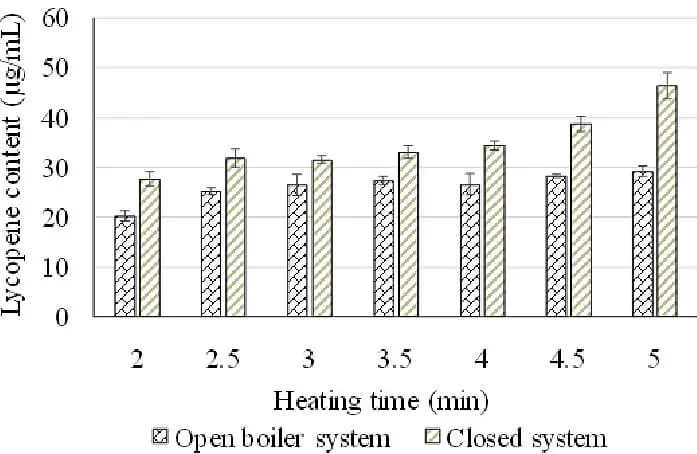
If we roast nuts we would increase mineral absorption but we would destroy some of the phytochemicals. Cooked or in other words, pasteurized fruit juices are little more than just extracted and concentrated calories in a form of fructose.
In the majority of cases, cooking the fruits would dramatically decrease their antioxidant power because most of the antioxidants in fruit are not stable in higher temperatures.
There is a number of studies that also compared different cooking methods from steaming to deep frying. Nutritional science has all the answers now but the answer is not as simple as people would like.
As a consequence of this confusion, there are a number of seriously flawed myths that circulate within the raw food diet community.
For example, there is a belief that we have only a limited number of enzymes in our body that would not be enough for nutrient absorption. This is the truth if we deal with milk protein. Casein is a complex protein that needs specific types of enzymes to be digested and because mammals drink milk only as cubs these enzymes will be turned off later in life. Milk protein cannot be digested easily even if we are not lactose intolerant. Bodybuilders like to have a constant supply of proteins even during sleep and would drink milk protein before bedtime because of this specific reason.
On the other hand, most of the plant enzymes will be destroyed by our bile acid even if not destroyed by cooking. It is a more complex topic.
The base belief in the raw food diet community is that humans should live in a balance with nature. They believe that it is the most natural and health-promoting way to live.
One of the main problems of the raw food diet veganism is that our brain uses a lot of energy. If we avoid starch and other calorie-rich foods and eat more nutrient-dense food we would have to consume much more food if we want to live. Another option would be to drink concentrated sugar in the form of fruit juice or eat fruit in general and eat high-fat sources like nuts and seeds.
Would this be health-promoting?
Evidence suggests that cooking food may have been part of hominin culture as early as 1.9 Mya. In this period there was a significant reduction in the toot size of Homo erectus. This is only possible if he started to adopt softer diets. This might be because of the use of cooking.

Cooking does not just make old food more palatable. It also makes food that was not palatable before, a new source of calories. For example, eating raw meat and other animal products for us is a death sentence. The are reports of some cases where people were practicing raw food diet that includes animal products like milk. Several conditions such as tuberculosis, brucellosis, diphtheria, Scarlet fever, Q-fever, and gastroenteritis are transmitted through raw dairy products.
The real truth is also that without baking, many otherwise nutritious tubers would be too tough for consumption.
Because of the higher quality diet that cooking enabled, gut size significantly decreased. This is what we can see in fossil records and by itself proves the increase in the quality of the diet. More calories and smaller digestive tracts mean that there are more free calories available and that means more for the brain and brain size increased even further.
The cooking of hard-to-digest plant sources was a big part of adaptation that enabled us to become human.
Edward O. Wilson of Harvard University had done some calculations on the expansion of the human brain. The conclusion was that for two million years, brain size grows by about a tablespoon every 100,000 years until the emergence of Homo sapiens, and then the brain growth stopped.
The classic line of thought is that the earliest hominins were forced to move from a forested environment to a savanna one and had to adapt by shifting to the harder and tougher food items more common in the new environment. Openness also explains the selective advantages of bipedalism because bipedalism is the most effective form of walking if you are not an arboreal animal.
If we look at Australopithecus, he had genuinely massive jaws and molars. The large and thick-enameled teeth of Australopithecines suggest diets that included hard foods. There are only two possible scenarios in that case. It might have used its teeth to open strong shells of relatively large seeds. Alternatively, another more plausible scenario is that it used its teeth to focus on starch-rich foods. Many plant species have reserved energy in their underground parts so-called underground storage organs (USOs), such as bulbs and corms. Because plans want to live and don’t want to be eaten they have defensive mechanisms. Some of those mechanisms include toxins, physical barriers like shells, and hard-to-digest fibrous material. Cooking basically destroys all of the protective layers that plants might have. In evolutionary terms, there was no adaptation to fire and thus the invention of cooking shifted the balance.
In plants, carbohydrates serve as energy reserves or for structural functions the same as oil. That is stored energy that plants create from sunlight that we want to consume. Reserve energy can be stored in different parts of the plant usually seeds and nuts and especially beans have it to serve as energy for sprouting. Certain fruits have them, and also underground storage organs such as tubers, roots, and rhizomes.
Edible roots and tubers are very energy-dense because they can constitute up to 80% of the dry weight of pure starch. One other advantage is that they remain stable and do not rot if left undisturbed because they are naturally grown in the ground so they can be collected as required across a stretch of time. USOs can also be dried but it is questionable if the early hominins had a level of intelligence to apply this technique. Because of the availability and energy density, it has been proposed that USOs have become one of the most essential food sources for early hominins. The addition of starch-rich USOs was a crucial step in further hominin evolution and expansion into new habitats. USO-rich aquatic habitats such as deltas have been proposed as an intermediate niche in the adaptation of early hominins to savanna habitats. Those two theories (big seeds versus USOs as essential food sources) are not necessarily incompatible. It is very doubtful that any hominin species consumed only one type of food. Some surveys of craniodental morphology suggest significant inter-individual dietary variability even in Australopithecines. What is also important to consider is the possibility that even relatively rarely consumed foods may have been critical for survival in certain periods when preferred foods were not available.
The earliest authentic proof of human-controlled fire dates to 400,000 years ago in Israel. Other unproven sites are dating to as early as 1.5 Mya. Some scientist suggests that cooking food may have been part of hominin culture as early as 1.9 Mya because in this period there was a significant reduction in the toot size of Homo erectus. This is only possible if he started to adopt softer diets.
If Homo erectus mastered the use of fire as an archeological record seems to confirm, the origin of Homo erectus, some 1.9 million years ago should be used as a time of significant transition. H. Erectus had smaller faces, smaller teeth, and jaws, larger brains, and shorter intestinal tracts. All of this is thanks to a higher-quality diet made by the roasting of tubers. H. Erectus’s brain size began to expand, and the hominin body became taller and more modern. The cooking of USOs rich in starch is what influenced our physiology and combined with foraging based on behavioral adaptations fueled even larger brain development. What fire does is that brakes the molecular structure of food and in a sense simulates the process of digesting. Therefore, what it does is that it is not just making unusable food digestible but also makes digestible food more nutritious because it frees up the calories in it. Fire makes them more available so we would get more calories from the same food that we had been eating before. Starch is digested slowly and incompletely if it is in raw crystalline form, but more efficiently after cooking. Eating raw potatoes, for example, is never a good idea.
Cooking starch-rich plant foods coevolved with increased salivary amylase activity in the human lineage. Humans are unusual in that they have very high levels of salivary α -amylase. In a genetic sense, it is due to multiple copies of AMY1 genes. Among primates, multiple copy numbers of AMY1 genes have been identified only in H. sapiens. Humans have two types of – α amylases, one expressed in salivary glands, and the other is expressed in the pancreas. Salivary amylase begins starch hydrolysis immediately during mastication in the oral cavity. Young infants have minimal pancreatic amylase activity. When nondairy foods are introduced into the diet following weaning, a large part of starch digestion, possibly 50%, is accomplished by salivary amylases.
In contrast in adults, the starch is primarily digested in the duodenum. This appears to be a result of multiple DNA retroviral insertions. First at 43 Mya, then after that, we experienced a second upstream retroviral insertion around 39 Mya. This was a required adaptation because of the shift in the diet that was moving away from predominantly fructose from fruits and fats from nuts and seeds to a more starch-based diet. Rapid growth in hominin brain size during the Middle Pleistocene also required an increased supply of preformed glucose. Cooking starch-rich plant foods pushed this adaptation even further and coevolved with increased salivary amylase activity. Without cooking starch-rich plant foods that allowed better absorption and allowed us to eat otherwise uneatable plants, it is unlikely that the high demand for calories of modern humans will be met. The regular consumption of energy-dense starchy plant foods gives us a sound solution for the requirement of additional energy sources to explain the growing brain during the Late Pliocene and Early Pleistocene.
Most of the people that are not familiar with this science somehow developed the baseline of thinking that modern humans discovered the fire in the Stone Age and that the increased brain size of modern humans is a consequence of meat-eating in our hominin ancestors.
The reality is that Homo erectus discovered fire and that cooking starches and a hard time thinking for optimal foraging solutions give rise to our intelligence.
Roasting USOs is what made us human not bone marrow. And no there is no need for raw food diet that is not a human diet, raw food diet is a primate diet and hominin diet before Homo erectus. The optimal human diet can be from 30 to 60 percent raw. Cooking is literally what made us human. Well at least that 0.5 to 1 percent in the genetic difference between H. Erectus and us.
References:
Passages selected from a book: Pokimica, Milos. Go Vegan? Review of Science Part 1. Kindle ed., Amazon, 2018.
- Palermo, Mariantonella et al. “The effect of cooking on the phytochemical content of vegetables.” Journal of the science of food and agriculture vol. 94,6 (2014): 1057-70. doi:10.1002/jsfa.6478
- Perdomo, F et al. “Influencia del procedimiento culinario sobre la biodisponibilidad del licopeno en el tomate” [Influence of cooking procedure on the bioavailability of lycopene in tomatoes]. Nutricion hospitalaria vol. 27,5 (2012): 1542-6. doi:10.3305/nh.2012.27.5.5908
- Yadav, S K, and S Sehgal. “Effect of home processing on ascorbic acid and beta-carotene content of spinach (Spinacia oleracia) and amaranth (Amaranthus tricolor) leaves.” Plant foods for human nutrition (Dordrecht, Netherlands) vol. 47,2 (1995): 125-31. doi:10.1007/BF01089261
- Jiménez-Monreal, A M et al. “Influence of cooking methods on antioxidant activity of vegetables.” Journal of food science vol. 74,3 (2009): H97-H103. doi:10.1111/j.1750-3841.2009.01091.x
- Natella, Fausta, et al. “MICROWAVE AND TRADITIONAL COOKING METHODS: EFFECT OF COOKING ON ANTIOXIDANT CAPACITY AND PHENOLIC COMPOUNDS CONTENT OF SEVEN VEGETABLES.” Journal of Food Biochemistry, Wiley-Blackwell, Aug. 2010, p. no. https://doi.org/10.1111/j.1745-4514.2009.00316.x.
- Nguyen, Thuy & Ngo, Tai. (2018). Effect of thermal processing on quality and antioxidant activity of mixed gac (Momordica cochinchinensis) – papaya (Carica papaya) juice. 1. 41-45.
Related Posts
Do you have any questions about nutrition and health?
I would love to hear from you and answer them in my next post. I appreciate your input and opinion and I look forward to hearing from you soon. I also invite you to follow us on Facebook, Instagram, and Pinterest for more diet, nutrition, and health content. You can leave a comment there and connect with other health enthusiasts, share your tips and experiences, and get support and encouragement from our team and community.
I hope that this post was informative and enjoyable for you and that you are prepared to apply the insights you learned. If you found this post helpful, please share it with your friends and family who might also benefit from it. You never know who might need some guidance and support on their health journey.
– You Might Also Like –

Learn About Nutrition
Milos Pokimica is a doctor of natural medicine, clinical nutritionist, medical health and nutrition writer, and nutritional science advisor. Author of the book series Go Vegan? Review of Science, he also operates the natural health website GoVeganWay.com
Medical Disclaimer
GoVeganWay.com brings you reviews of the latest nutrition and health-related research. The information provided represents the personal opinion of the author and is not intended nor implied to be a substitute for professional medical advice, diagnosis, or treatment. The information provided is for informational purposes only and is not intended to serve as a substitute for the consultation, diagnosis, and/or medical treatment of a qualified physician or healthcare provider.NEVER DISREGARD PROFESSIONAL MEDICAL ADVICE OR DELAY SEEKING MEDICAL TREATMENT BECAUSE OF SOMETHING YOU HAVE READ ON OR ACCESSED THROUGH GoVeganWay.com
NEVER APPLY ANY LIFESTYLE CHANGES OR ANY CHANGES AT ALL AS A CONSEQUENCE OF SOMETHING YOU HAVE READ IN GoVeganWay.com BEFORE CONSULTING LICENCED MEDICAL PRACTITIONER.
In the event of a medical emergency, call a doctor or 911 immediately. GoVeganWay.com does not recommend or endorse any specific groups, organizations, tests, physicians, products, procedures, opinions, or other information that may be mentioned inside.
Editor Picks –
Milos Pokimica is a health and nutrition writer and nutritional science advisor. Author of the book series Go Vegan? Review of Science, he also operates the natural health website GoVeganWay.com
Latest Articles –
Top Health News — ScienceDaily
- MIT scientists strip cancer of its sugar shieldon December 23, 2025
Scientists at MIT and Stanford have unveiled a promising new way to help the immune system recognize and attack cancer cells more effectively. Their strategy targets a hidden “off switch” that tumors use to stay invisible to immune defenses—special sugar molecules on the cancer cell surface that suppress immune activity. Early tests show it can supercharge immune responses and outperform current antibody therapies.
- Scientists find a weak spot in deadly fungus that shut down hospital intensive care unitson December 23, 2025
A deadly hospital fungus that resists nearly every antifungal drug may have an unexpected weakness. Researchers discovered that Candida auris activates specific genes during infection to hunt for nutrients it needs to survive. This insight came from a new living-host model that allowed scientists to watch the fungus in action. The findings could eventually lead to new treatments or allow current drugs to be repurposed.
- This ultra-sensitive imaging system can spot cancer earlieron December 23, 2025
A new imaging technology can distinguish cancerous tissue from healthy cells by detecting ultra-weak light signals. It relies on nanoparticles that bind to tumor markers, making cancerous areas easier to identify. The system is far more sensitive than existing tools and could speed up cancer screening. Scientists believe it may help detect tumors earlier and reduce delays in diagnosis.
- Hidden brain maps that make empathy feel physicalon December 23, 2025
When we watch someone move, get injured, or express emotion, our brain doesn’t just see it—it partially feels it. Researchers found eight body-like maps in the visual cortex that organize what we see in the same way the brain organizes touch. These maps help us instantly understand actions, emotions, and intentions in others. The discovery sheds light on human empathy and opens doors for new brain-based therapies and AI systems that better understand the body.
- Are they really listening? Watch their blinkson December 23, 2025
Your eyes may reveal when your brain is working overtime. Researchers found that people blink less when trying to understand speech in noisy environments, especially during the most important moments. The effect stayed the same in bright or dark rooms, showing it’s driven by mental effort, not light. Blinking, it turns out, is a quiet marker of focused listening.
- This cancer-fighting molecule took 50 years to buildon December 22, 2025
MIT scientists have achieved the first-ever lab synthesis of verticillin A, a complex fungal compound discovered in 1970. Its delicate structure stalled chemists for decades, despite differing from related molecules by only two atoms. With the synthesis finally complete, researchers created new variants that showed strong activity against a rare pediatric brain cancer. The breakthrough could unlock an entire class of previously unreachable cancer-fighting molecules.
- A new drug could stop Alzheimer’s before memory loss beginson December 22, 2025
New research suggests Alzheimer’s may start far earlier than previously thought, driven by a hidden toxic protein in the brain. Scientists found that an experimental drug, NU-9, blocks this early damage in mice and reduces inflammation linked to disease progression. The treatment was given before symptoms appeared, targeting the disease at its earliest stage. Researchers say this approach could reshape how Alzheimer’s is prevented and treated.
PubMed, #vegan-diet –
- Comparing diet-related attitudes, perceptions, and behaviors of vegan and omnivorous adults: results from a cross-sectional survey study in Germanyon December 22, 2025
CONCLUSION: The findings are consistent with and build on existing research on cognitive and behavioral patterns related to a vegan diet, while at the same time yielding some additional insights. In particular, the results on significant differences in the risk-benefit perception of a vegan diet, as well as on motivations and influences regarding the decision to follow a vegan diet provide an important basis for the development of public health interventions and a foundation for further […]
- Assessment of vitamin A, vitamin B2, vitamin B12, vitamin K, folate, and choline status following 4 months of multinutrient supplementation in healthy vegans: a randomised,…on December 19, 2025
CONCLUSION: A multinutrient supplement containing 82 µg of vitamin B(12) per day significantly positively affected vitamin B(12) blood biomarkers in healthy vegans.
- Exploring the synergistic potential of pH and ultrasonication on the functional properties of pea and lentil protein isolates and its formulation in food producton December 15, 2025
The substitution of meat proteins with plant-based proteins from various sources is often motivated by nutritional considerations. However, the inherent limited solubility of plant proteins, which results in suboptimal techno-functional properties, remains a persistent challenge in food formulation. The purpose of this study was to utilize unique properties of pea (Pisum sativum L.) and lentil (Lens culinaris) through ultrasonication and pH variation in order to develop a stable and […]
- Healthful and Unhealthful Plant-Based Diets and Their Association with Cardiometabolic Targets in Women Diagnosed with Breast Cancer: A Cross-Sectional Analysis of a Lifestyle Trialon December 11, 2025
CONCLUSIONS: Maintaining cardiometabolic risk factors within normal ranges is clinically relevant in BCS, and this may be more likely when a plant-based diet is consumed, especially if low in unhealthy plant foods.
- Functional and Nutritional Properties of Lion’s Mane Mushrooms in Oat-Based Desserts for Dysphagia and Healthy Ageingon December 11, 2025
Hericium erinaceus (Lion’s Mane mushroom) is a medicinal species recognised for its neuroprotective and antioxidant properties. This study investigated its potential as a functional ingredient in oat milk-based desserts formulated for individuals with dysphagia. Freeze-dried Lion’s Mane powder (LMP), containing high-quality protein (~16%, amino acid score 88%), dietary fibre (~31%), and phenolic compounds (72.15 mg GAE/g), was incorporated at varying levels using gelatin or iota-carrageenan […]
Random Posts –
Featured Posts –
Latest from PubMed, #plant-based diet –
- Associations Between Healthy and Plant-Based Dietary Patterns and Cognitive Reserve: A Cross-Sectional Analysis of the 1946 British Birth Cohortby Kelly C Cara on December 23, 2025
CONCLUSIONS: CR was positively associated with healthy dietary patterns and inversely associated with unhealthful plant-based dietary patterns. Diet uniquely explained variations in CR and should be considered among influential lifestyle factors in future research. Longitudinal analyses are needed to confirm these findings.
- Dietary quercetagetin attenuates H2O2-induced oxidative damage and preserves meat quality in broilers by modulating redox status and Nrf2/ferroptosis signaling pathwayby Wenyue Hu on December 22, 2025
In modern poultry production, oxidative stress has emerged as a pivotal factor compromising the health status and overall performance of broiler. The aim of this study was to investigate the effects of dietary quercetagetin (QG) supplementation on hydrogen peroxide (H(2)O(2))-induced oxidative damage in breast muscle of broilers, focusing on growth performance, meat quality, and antioxidant function, and elucidating the underlying mechanisms. Two hundred and forty one-day-old Cobb broilers […]
- Effects of dietary selenium supplementation on physiological parameters, tissue fatty acid composition, and fatty acid-metabolism relative gene expression of grouper (Epinephelus coioides) fed high…by Yen-Chun Lee on December 22, 2025
The present study evaluated the effects of dietary selenium (Se) supplementation on growth performance, physiological responses, tissue fatty acid profiles, and the expression of genes related to fatty acid metabolism in juvenile grouper (Epinephelus coioides). A control diet based on soy protein concentrate, replacing 40% of the fish meal protein, was supplemented with graded levels of Se at 0, 0.3, 0.6, and 1.0 mg Se kg^(-1). A fish meal-based reference diet was also included for […]
- Unravelling the interaction between feeding regimens and milking time in Parmigiano Reggiano PDO milk: an integrated metabolomics and ion mobility lipidomics approachby Pier Paolo Becchi on December 22, 2025
In this study, an integrated approach based on UHPLC-HRMS metabolomics and IM-HRMS lipidomics has been carried out to unravel the interaction between feeding and milking time in the overall chemical profile of Parmigiano Reggiano (PR) milk. Specifically, ANOVA multiblock OPLS (AMOPLS) modelling revealed the complementarity of the assays in combining the effect of these two critical parameters. In particular, metabolomics highlighted the presence of plant-derived compounds (mainly terpenoids […]
- Comparing diet-related attitudes, perceptions, and behaviors of vegan and omnivorous adults: results from a cross-sectional survey study in Germanyby Dan Borzekowski on December 22, 2025
CONCLUSION: The findings are consistent with and build on existing research on cognitive and behavioral patterns related to a vegan diet, while at the same time yielding some additional insights. In particular, the results on significant differences in the risk-benefit perception of a vegan diet, as well as on motivations and influences regarding the decision to follow a vegan diet provide an important basis for the development of public health interventions and a foundation for further […]
- The effect of dietary interventions on peripheral markers of inflammation among people with multiple sclerosis: A systematic review and meta-analysis of randomized controlled trialsby Wade R Pingel on December 21, 2025
CONCLUSIONS: Several dietary interventions may reduce systemic inflammation in PwMS, with greater effects in longer-duration interventions. Calorie-restricted diets did not significantly alter adipokines. Given the limited number and heterogeneity of studies, larger and longer RCTs using comparable dietary interventions are needed to confirm these findings.


